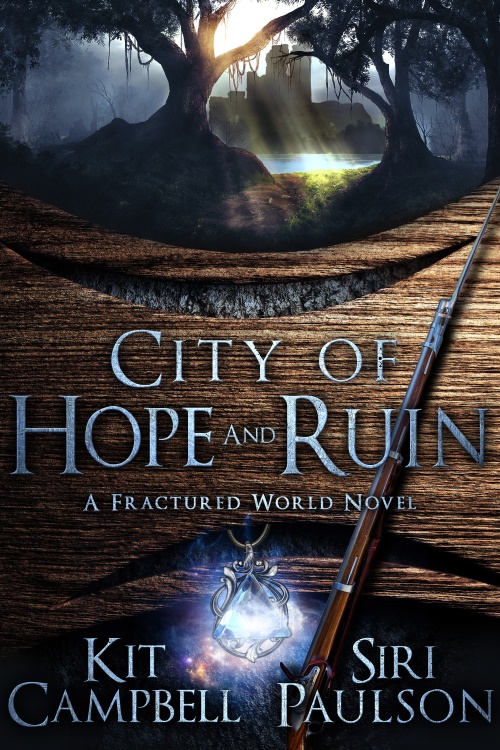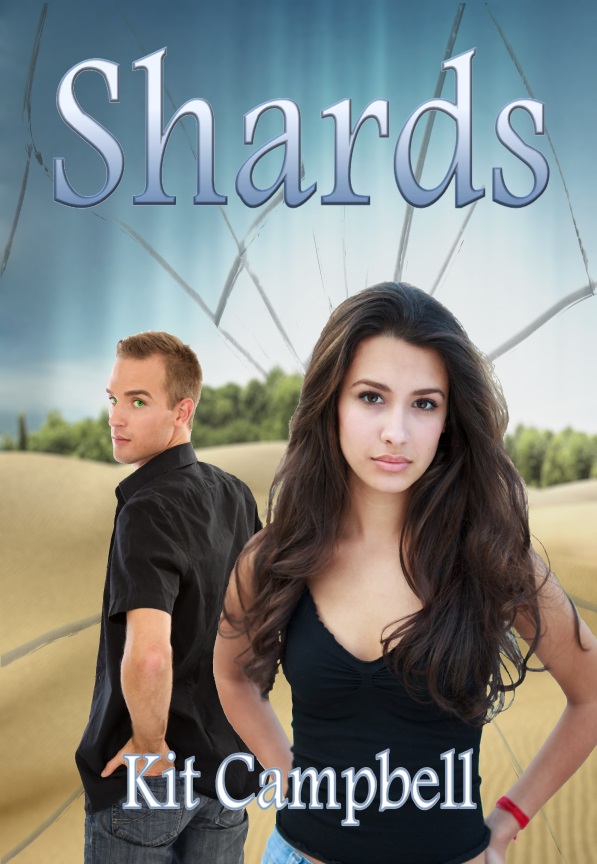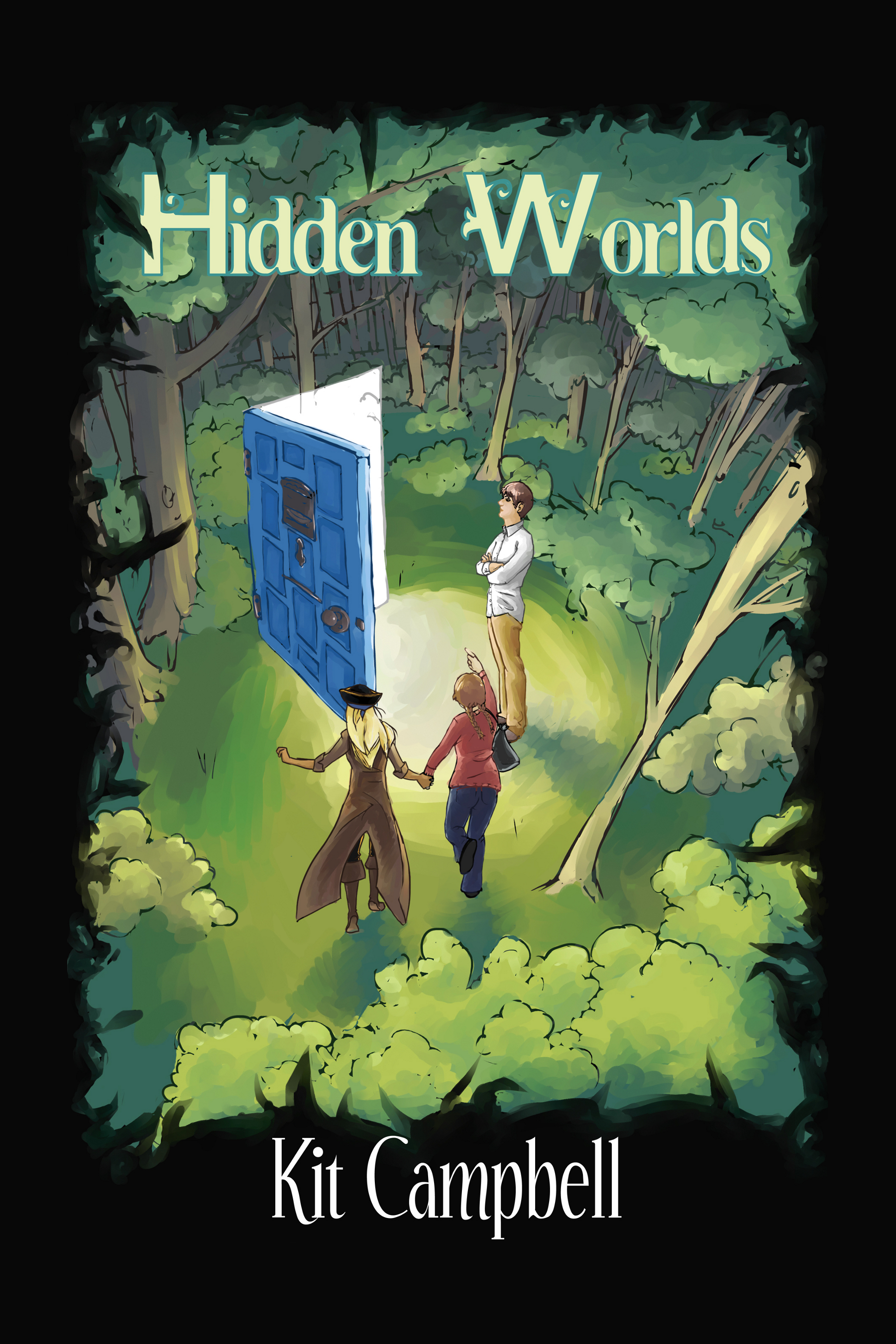Did you find this one a tiny bit unsatisfying too, Squiders? I think I’ve finally figured out why both this one and Castle in the Air leave you feeling a little grumpy, and that’s that the main character isn’t the main character.
I’ve lost everyone, haven’t I. Sorry. In general, the main character is the person who has the most impact on the story, and in most cases it’s the viewpoint person. (Not always. For example, in Wuthering Heights, the viewpoint character is just someone who’s arrived in town, and is being told the story himself.) You identify with the main character, and then you want to see them overcome the obstacles to be the hero at the end of the story.
In both Castle and here, we have a viewpoint character who has an issue. (In Castle, Abdullah needs to get Flower-in-the-Night back. Here, it’s less clear. Is it that Charmain wants freedom? That she wants to learn to be on her own? That she wants to work in the Royal Library? I’m not sure, and that’s not a good thing either.) But in both books, there’s a bigger issue that somewhat ties into the viewpoint character’s problem on a world or country-level.
So, in both books, you have a more interesting conflict going on in the background, and the hero(es) of that more interesting conflict is Sophie (and Howl and Calcifer). When we get to the end of the book, while the viewpoint character is important, the actual figuring out and solving and sometimes doing falls to Sophie (and Howl and Calcifer). This leaves the reader with a little bit of a “why did I bother?” feeling. Why not just tell the more interesting conflict from Sophie’s or Howl’s viewpoint, with the new character as a side character?
Here, Charmain figures out the crown prince is a lubbockin, but it comes out on its own before she can tell anybody. But Howl takes out him and his henchmen (with some help from Waif). And Peter, who’s been a fairly major character otherwise, is missing for the climax. It’s just…odd. Calcifer kills the lubbock. Howl finds the gold and the Elfgift. Really the only thing Charmain manages to contribute in the end is what’s been happening to the tax money.
So you have your “main character” being mostly an observer for the most important part of the plot. And that’s why it doesn’t sit well.
Charmain’s a little hard to swallow anyway. She’s kind of a brat. And so’s Peter at times. And perhaps it’s because I’m an adult, but I just wanted to shake them at various points.
I’m also sad that Howl’s ability to cross over between our world and whatever the fictional world is called is never remotely explained, and now it never shall be.
I did like that we didn’t try to sneak Howl/Sophie/Calcifer in like in Castle. And the house itself was cool, though a bit confusing. I kind of wish that had been explained a little better.
What did you think, Squiders? Did the viewpoint/main character disconnect bother you? What was your favorite part? Feel free to ask questions of your own or talk about whatever you’d like in the comments.



